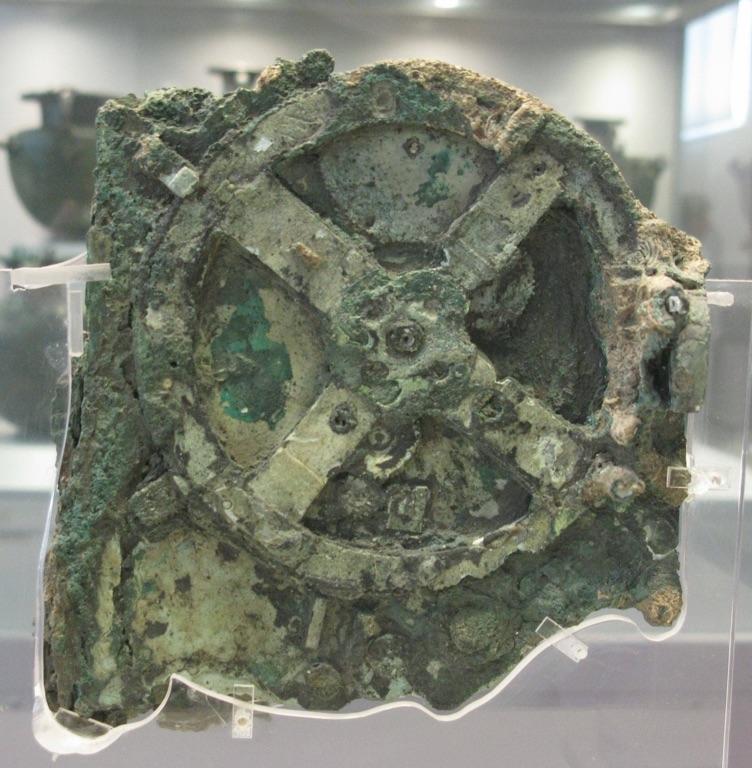The Antikythera mechanism, a fascinating artifact from ancient Greece, is considered the world’s first analog computer. Discovered in a shipwreck near the Greek island of Antikythera in 1901, this complex clockwork device was used to predict astronomical positions and eclipses decades in advance. It also tracked the four-year cycle of the ancient Olympic Games. Despite being over 2,000 years old, its intricate engineering and sophisticated functionality continue to astound scientists and historians alike.
Get your dose of History via Email
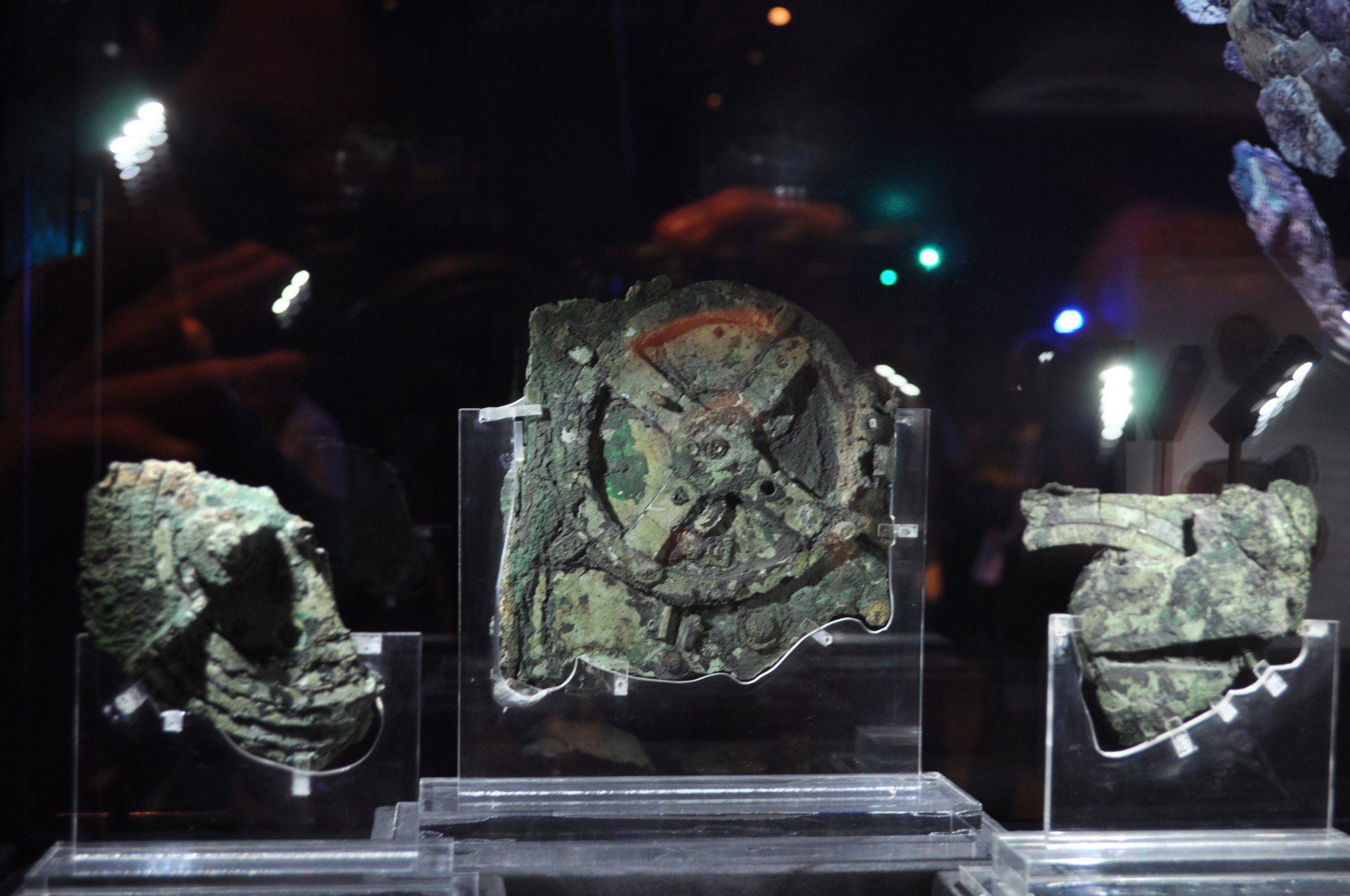
Historical Background of The Antikythera Mechanism
The Antikythera mechanism’s discovery in the early 20th century opened a new chapter in understanding ancient Greek technology. Found among other treasures in a shipwreck, the mechanism was initially overlooked due to its corroded appearance. However, further examination revealed its true value. It’s believed to have been created between 150 and 100 BC, during the Hellenistic period.
This period was a time of significant advancements in various fields, including astronomy, mathematics, and engineering. The mechanism’s complexity suggests a high level of scientific knowledge. Its creators likely had a deep understanding of astronomical cycles and mechanical engineering. The device’s craftsmanship also hints at a thriving industry of fine mechanics in ancient Greece, previously unknown to historians.
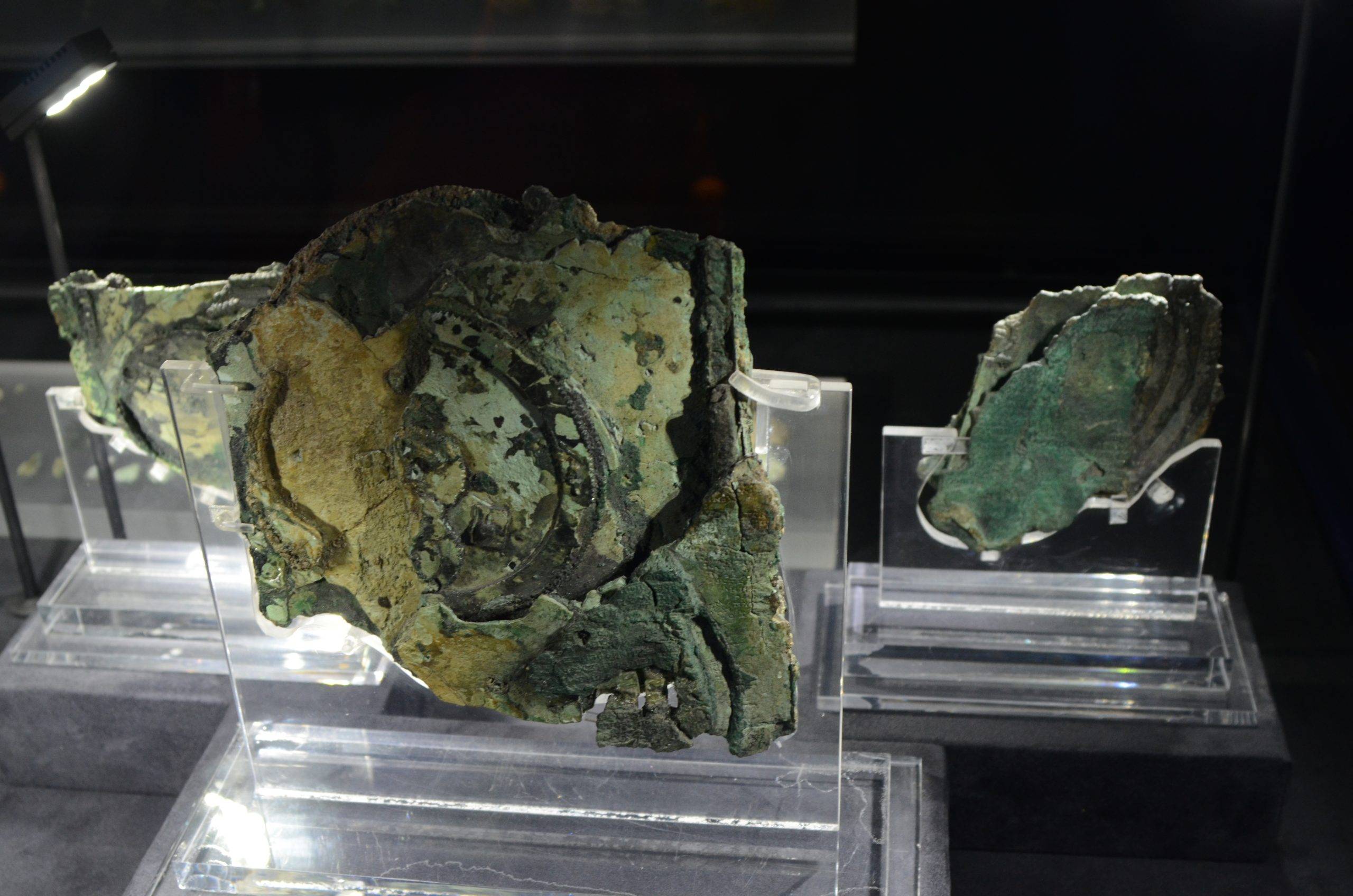
The mechanism’s purpose was primarily astronomical. It could predict the positions of the sun, moon, and planets, as well as lunar and solar eclipses. It also tracked the dates of significant events, such as the Olympic Games. The device’s accuracy and sophistication suggest that it was likely used for scientific research or teaching.
The Antikythera mechanism is a testament to the scientific prowess of ancient Greece. Its discovery has led to a reevaluation of the technological capabilities of the ancients, and it continues to be a subject of intense study and fascination.
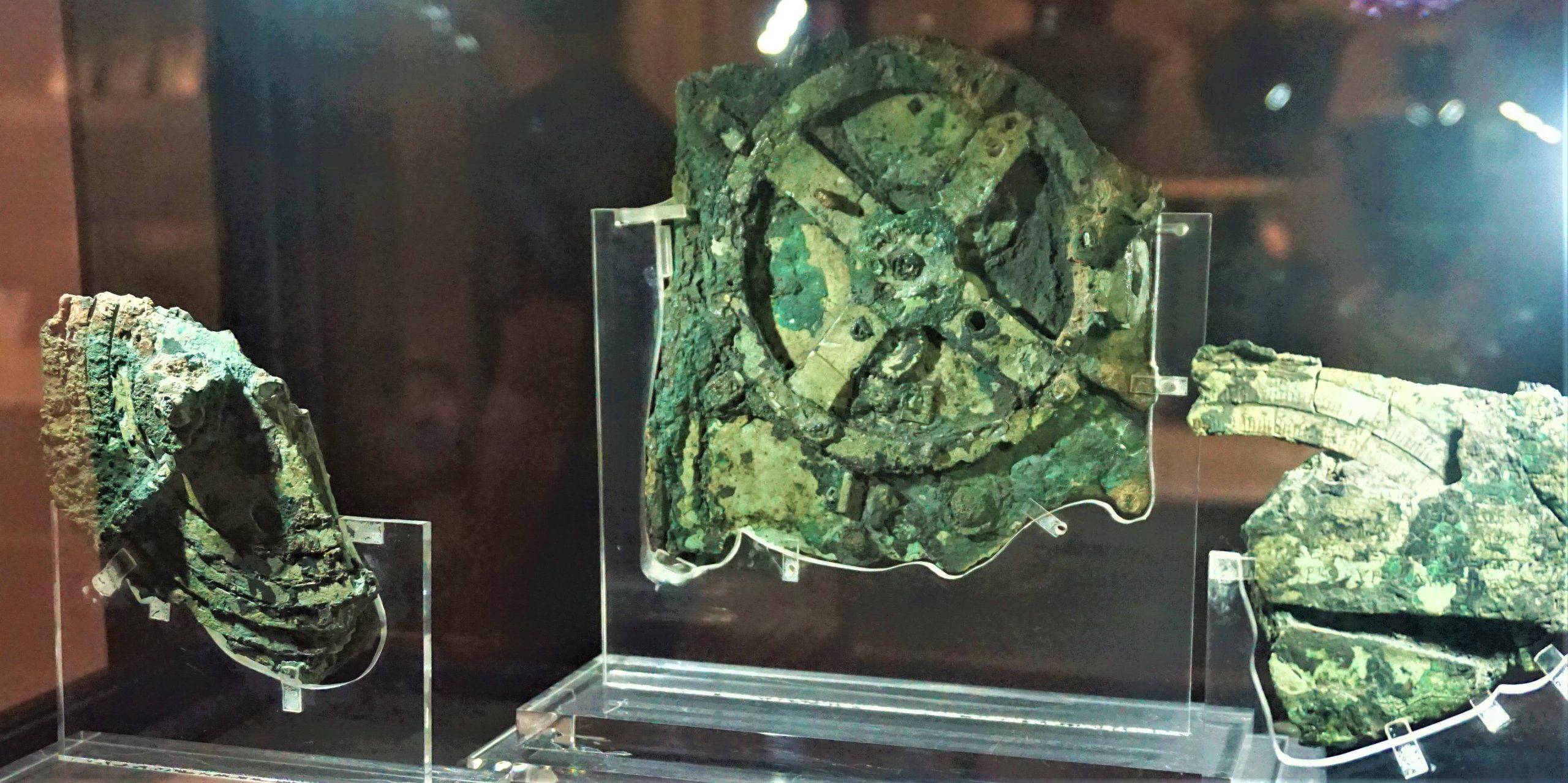
Architectural Highlights/About the Artifact
The Antikythera mechanism is a marvel of ancient engineering. Despite its age, the device’s intricate design and functionality are still impressive today. It consists of a series of bronze gears housed in a wooden box, with inscriptions on the outside providing instructions for its use.
The mechanism is made up of at least 30 different gears (probably 37), each carefully crafted and interlocked. The largest gear, known as the “main gear,” is connected to a crank handle. Turning the handle would set the entire mechanism in motion, with each gear moving in a precise relationship to the others.
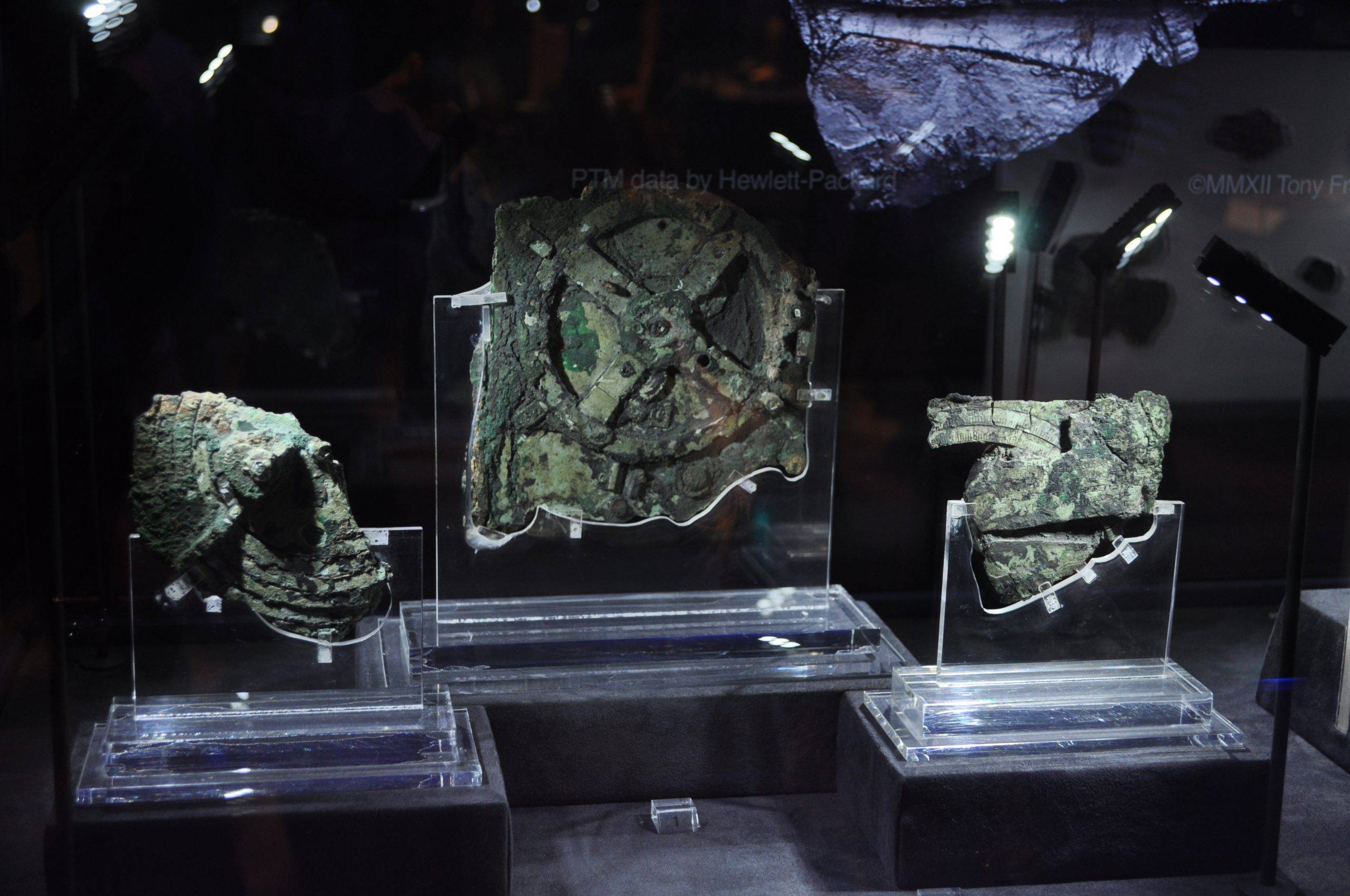
The device’s front face features a circular display representing the zodiac and the Greek calendar. Two pointers indicate the positions of the sun and moon. The back face has two spiral dials, one tracking the Metonic cycle (a 19-year lunar cycle), and the other the Saros cycle (an 18-year eclipse prediction cycle).
The Antikythera mechanism’s design is a testament to the advanced understanding of astronomy and mechanics in ancient Greece. Its complexity and precision rival that of modern mechanical devices, highlighting the sophistication of ancient Greek technology.
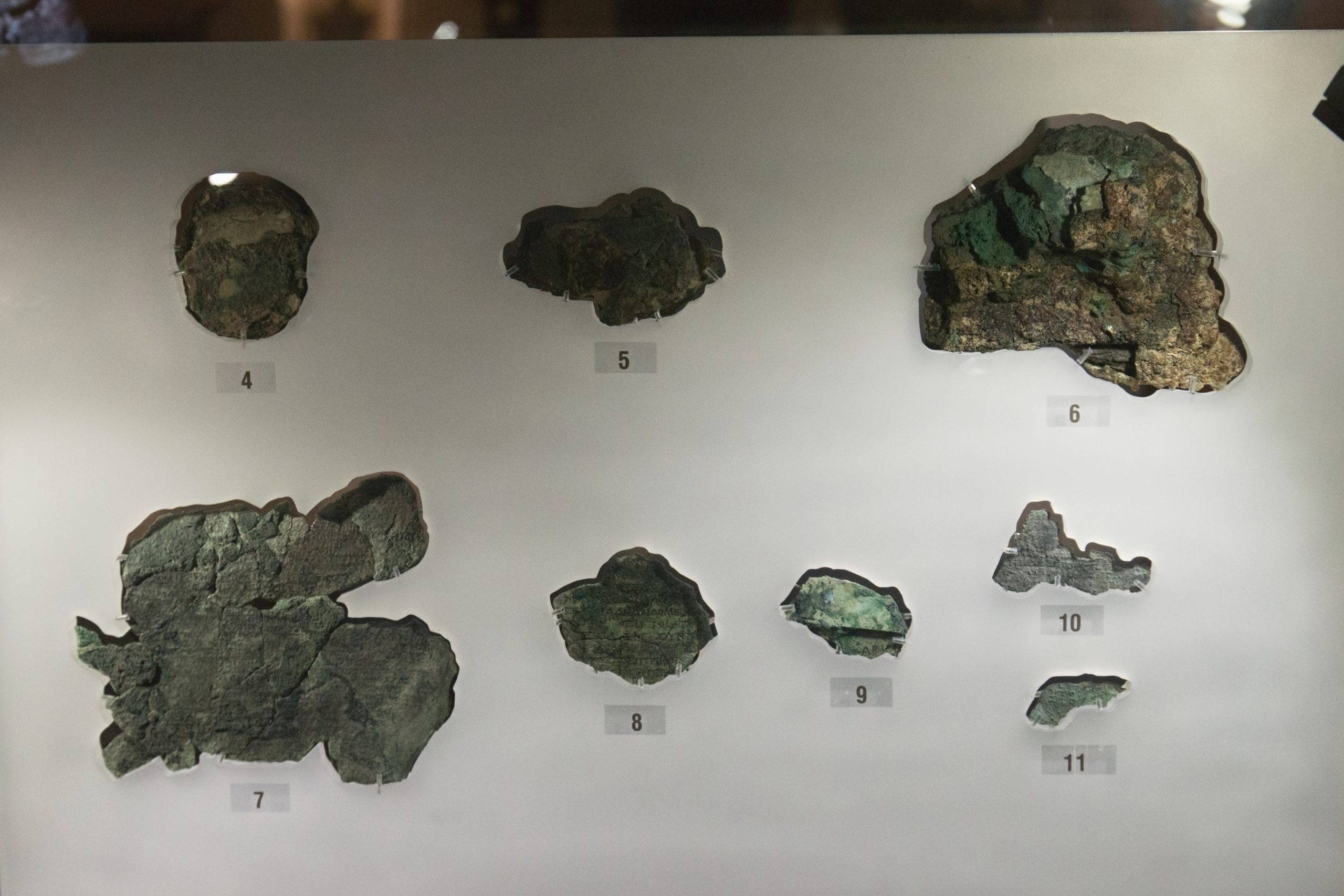
Theories and Interpretations
The Antikythera mechanism has been the subject of numerous theories and interpretations since its discovery. Initially, its purpose was unclear, and it was even mistaken for a rock. However, detailed analysis and imaging techniques have revealed its true nature as an astronomical calculator.
One theory suggests that the device was created by the ancient Greek inventor Archimedes, although this is debated. Others propose that it may have been made in the famous ancient Greek city of Rhodes, known for its schools of astronomy and mechanical engineering.
There’s also debate about how the mechanism was used. Some believe it was a scientific instrument used for research or teaching. Others suggest it may have had a more practical purpose, such as navigation or timekeeping. It’s also possible that it was a luxury item, owned by a wealthy individual for personal use.
Despite ongoing research, many aspects of the Antikythera mechanism remain a mystery. Its exact origins, purpose, and the identity of its creator are still unknown, making it one of the most intriguing artifacts from the ancient world.
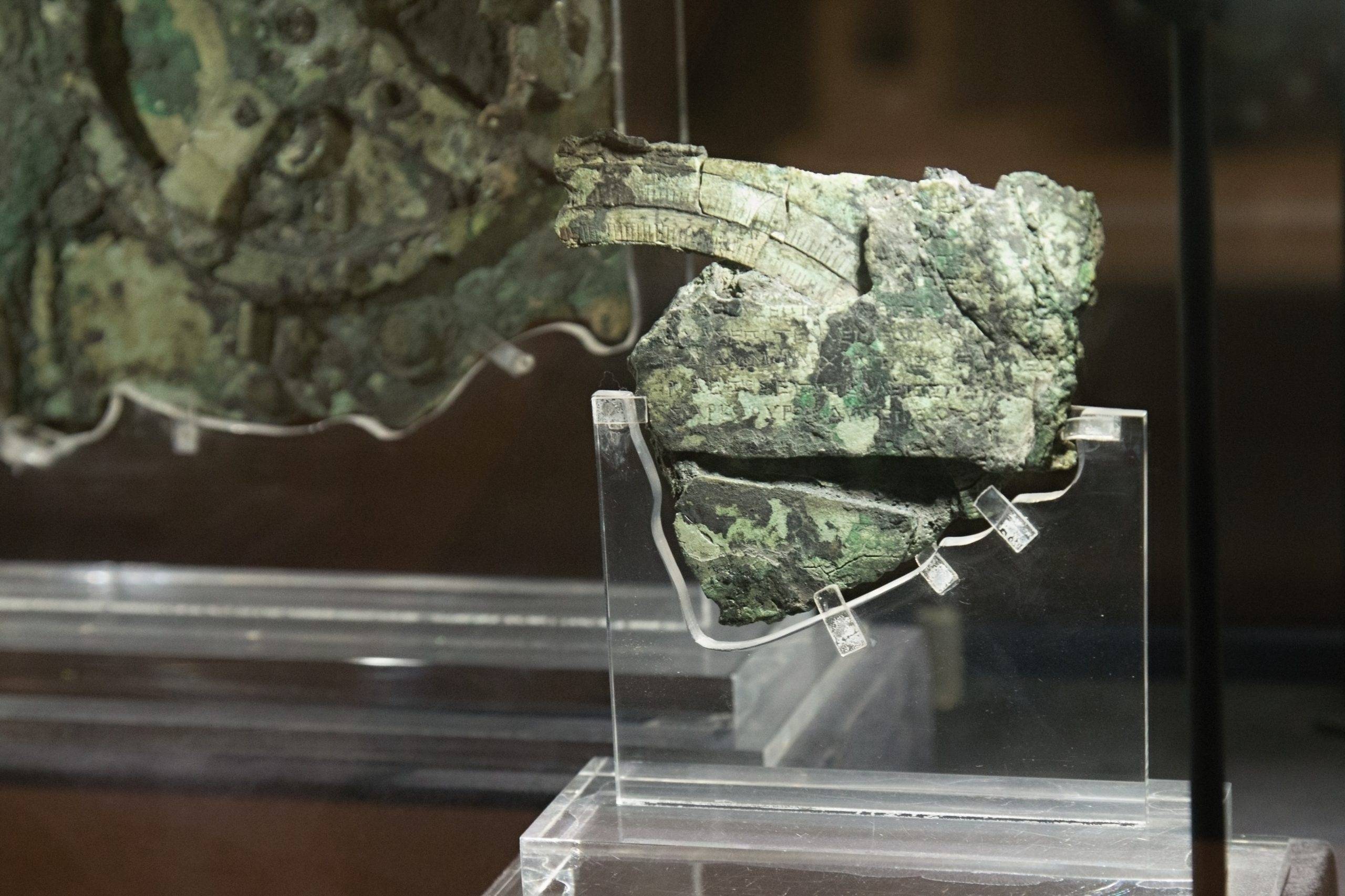
Good to know/Additional Information
The Antikythera mechanism is currently housed in the National Archaeological Museum in Athens, Greece. It’s displayed in a specially designed case that maintains the optimal temperature and humidity to preserve the artifact.
The mechanism’s discovery has led to the creation of several replicas. These models help researchers understand how the device worked and provide the public with a tangible connection to this ancient marvel.
The Antikythera mechanism also has a significant cultural impact. It’s often referenced in popular culture and has inspired various works of fiction. It’s seen as a symbol of ancient Greek ingenuity and a reminder of the remarkable technological achievements of the past.
Despite being over 2,000 years old, the Antikythera mechanism continues to captivate and inspire. Its complex design and mysterious origins make it a fascinating subject for historians, scientists, and anyone interested in the history of technology.
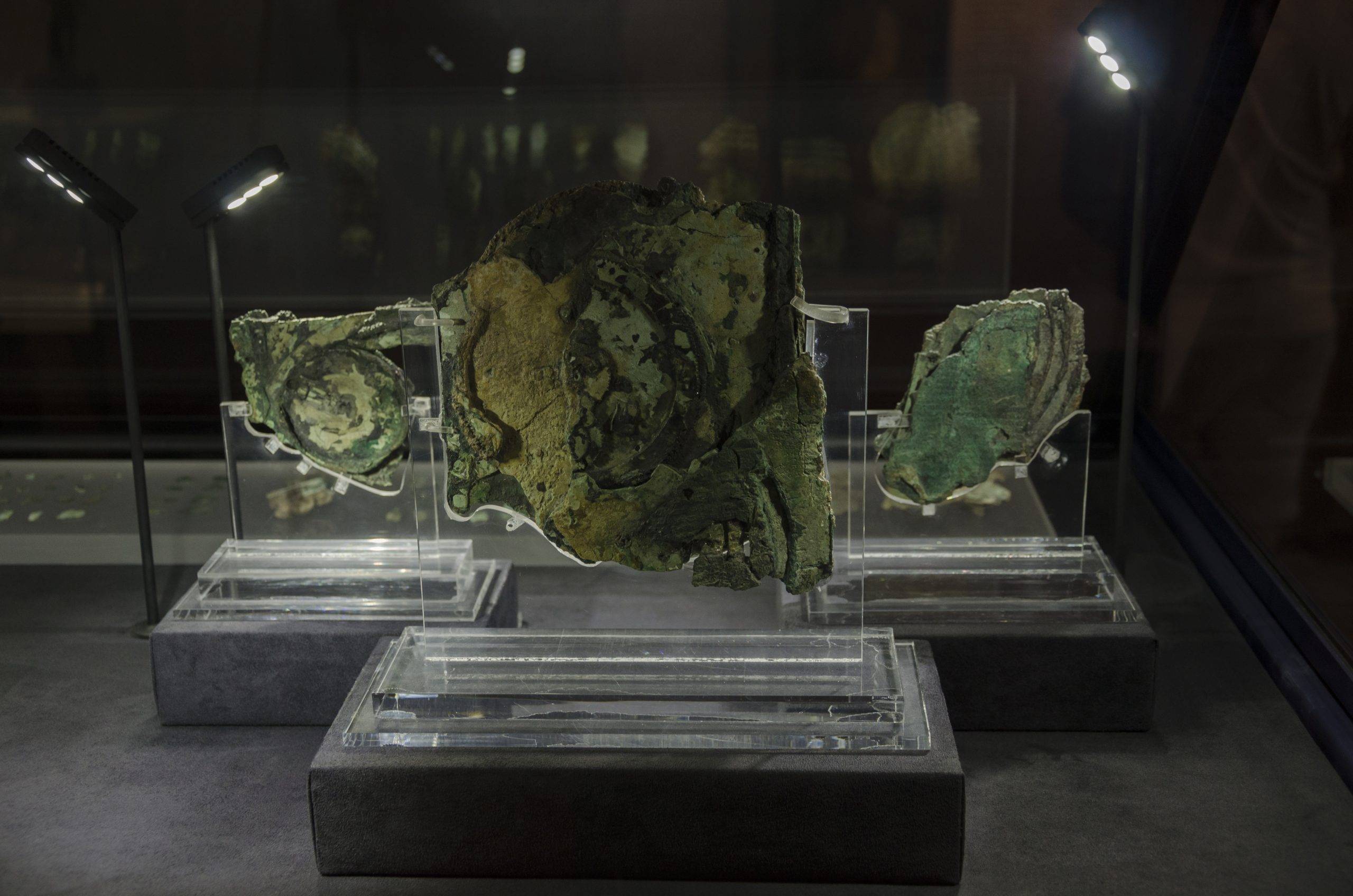
Conclusion and Sources
The Antikythera mechanism is a remarkable artifact that provides a unique insight into the advanced scientific knowledge and technological capabilities of ancient Greece. Despite its age, it continues to astound with its complexity and sophistication. Its discovery has sparked numerous theories and interpretations, and it remains a subject of ongoing research and fascination.
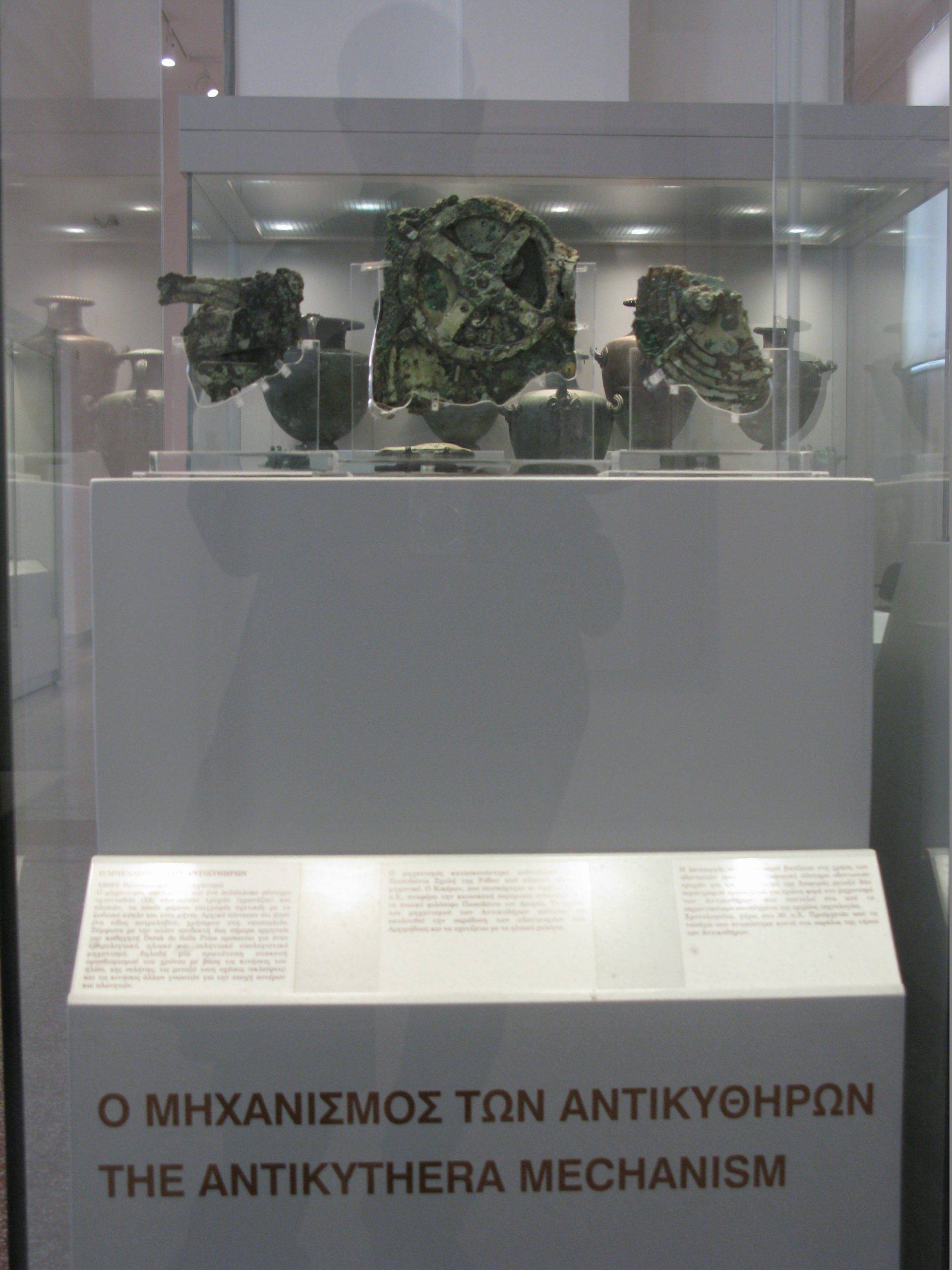
For further reading and information, consider these reputable sources:
For further reading and information, refer to the following sources:
- Wikipedia: Antikythera Mechanism
- Scientific American: An ancient Greek Astronomical Calculation Machine
- Britannica: Antikythera Mechanism
If you like this article, you should definitely give these a read:
Prague’s Astronomical Clock
The Sakafuneishi stoneSakafuneishi stone

